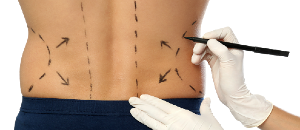Plastic Surgery Abroad and at Home
Plastic surgery has become ever more popular in recent years, with options for plastic surgery abroad becoming increasingly accessible. These treatments can be great body-confidence boosters, however, for many of us this kind of treatment has always seemed out of reach. Increased accessibility to cosmetic surgery abroad has presented new, affordable, high-quality clinics. This has been great for giving more of us the chance to undergo plastic surgery abroad, but it can make choosing from the vast range of clinics difficult.
That’s why Qunomedical are here to help! Our 100% free, non-binding assessment will help you to find your ideal plastic surgery abroad. From hair transplants to breast augmentation, we’ll provide a range of information on affordable plastic surgery treatments, from trusted and reliable plastic surgeons abroad. Contact us and you’ll be given a personal Patient Manager who’ll be your go-to assistant throughout your treatment journey, from the initial consultations, to post-treatment support.
Below, you’ll find some of the main plastic surgery treatments that Qunomedical can help you with. Contact us and your Patient Manager will help you to find high-quality plastic surgery abroad, based on criteria that matters to you. If you’re interested in a treatment but it’s not listed below, still get in touch. Our Patient Managers will be happy to help.
Treatments
100% free and non-binding
We'd like to get to know you! Help us out by answering a few quick questions.
Our team is here to help you find the right treatment and doctor. Get in touch today for your 100% free quote.







